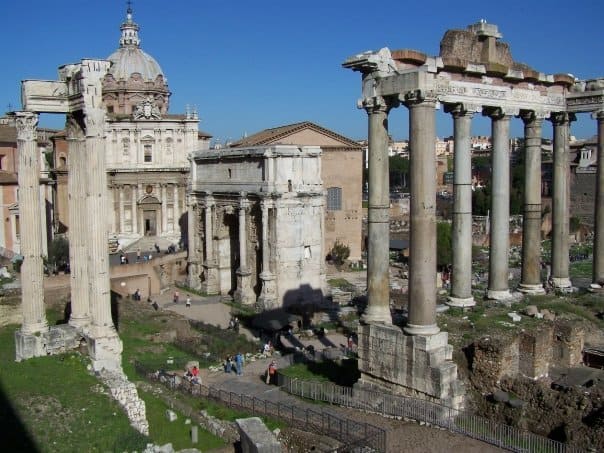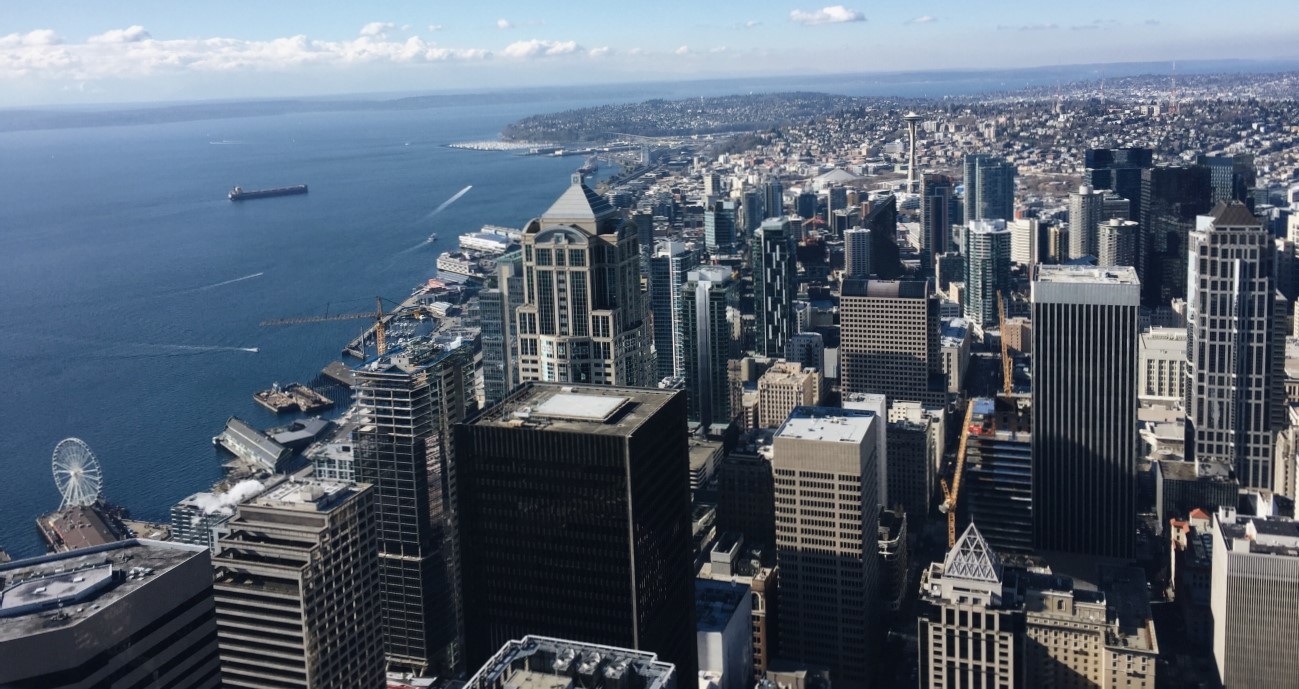Italy is a country where every corner whispers stories of the past, with a rich history that spans millennia. From ancient ruins to Renaissance masterpieces, Italy is a treasure trove of heritage sites that attract travelers from around the world. Whether you’re wandering through grand piazzas or discovering hidden gems, Italy’s historical sites offer a journey through time that showcases the country’s vibrant past.

Rome: The Eternal City
No exploration of Italy’s heritage would be complete without a visit to Rome, the heart of ancient civilisations. As you step into the Colosseum, the sheer scale of this ancient amphitheater takes your breath away. Built over 2,000 years ago, it once hosted gladiatorial contests and public spectacles that drew crowds of up to 80,000 spectators. Today, the Colosseum stands as a testament to Roman architectural ingenuity and the empire’s grandeur.
Nearby, the Roman Forum offers a glimpse into everyday life in ancient Rome. The ruins of temples, markets, and government buildings tell the story of a civilisation that shaped much of the Western world. Walking through the Forum is like stepping back in time, where you can almost hear the echoes of senators and citizens going about their daily business.

From Rome, visitors can easily take the Rome to Naples train to continue their historical journey. In just over an hour, travelers are transported to Naples, home to another icon of ancient history—Pompeii. The preserved ruins of Pompeii provide a fascinating look into life before the catastrophic eruption of Mount Vesuvius in AD 79, making it a must-visit for history enthusiasts.
Florence: Cradle of the Renaissance
Florence, the birthplace of the Renaissance, is another essential stop for those seeking to immerse themselves in Italy’s rich cultural history. The city is a living museum, with its streets lined with architectural masterpieces and artistic treasures. The Uffizi Gallery, home to works by Michelangelo, Leonardo da Vinci, and Botticelli, is a highlight for art lovers. Each painting and sculpture offers a glimpse into the creativity and innovation that defined the Renaissance period.
The grandeur of Florence is perhaps best exemplified by the Florence Cathedral, also known as the Duomo. Its distinctive dome, designed by Filippo Brunelleschi, dominates the city’s skyline and remains one of the most impressive architectural feats of the Renaissance. Climbing to the top offers breathtaking views over Florence’s terracotta rooftops, a sight that has remained largely unchanged for centuries.
For those looking to continue their exploration of Italy’s historic cities, the Florence to Venice train provides a scenic route through the Italian countryside. This convenient and comfortable journey takes travelers from Florence’s Renaissance heart to the romantic waterways of Venice.
Venice: A Floating Masterpiece
Built on a network of canals, Venice is a floating masterpiece of Gothic and Renaissance architecture. Piazza San Marco, the city’s main square, is home to some of Venice’s most iconic landmarks, including St. Mark’s Basilica and the Doge’s Palace. The intricate mosaics and grand architecture of these buildings reflect Venice’s history as a powerful maritime republic.
One of the best ways to experience Venice’s beauty is by simply wandering through its narrow streets and over its many bridges. Each turn reveals something new—whether it’s a quiet canal lined with gondolas or a hidden courtyard filled with history. Venice’s charm lies not just in its famous landmarks but in its ability to transport you to a different era.
A short boat ride from the city takes you to the islands of Murano and Burano, each with their own unique history. Murano is world-famous for its glass-making traditions, which date back to the 13th century. Visitors can watch skilled artisans at work, creating delicate glass pieces using techniques passed down through generations. Burano, on the other hand, is known for its brightly coloured houses and intricate lace-making, offering a quieter but equally enchanting glimpse into Venice’s rich heritage.

Pompeii and Herculaneum: Ancient Cities Frozen in Time
As mentioned earlier, Pompeii is one of the most extraordinary archaeological sites in the world. Buried under volcanic ash for centuries, the city was rediscovered in the 18th century and has since become a window into Roman life. Visitors can walk through Pompeii’s streets, exploring homes, shops, and public buildings that were frozen in time by the eruption of Mount Vesuvius. The remarkably preserved frescoes and mosaics offer a vivid picture of the art and culture of the time.
Nearby, the lesser-known site of Herculaneum provides an even more intimate look at ancient Roman life. Unlike Pompeii, which was buried under ash, Herculaneum was covered by a pyroclastic flow, which preserved wooden structures and organic materials such as food and furniture. This site offers a rare opportunity to see Roman houses as they would have been, with intact wooden beams, doors, and even beds still in place.
Siena: Medieval Splendour
While Florence is the center of Renaissance art, the nearby city of Siena offers a glimpse into medieval Italy. The city’s well-preserved Gothic architecture and winding streets make it one of the most picturesque towns in Tuscany. At the heart of Siena lies the Piazza del Campo, a grand square known for its unique shell shape and the famous Palio horse race that takes place here twice a year.
Siena’s crowning glory is its cathedral, the Duomo di Siena. This striking black-and-white striped building is one of Italy’s most impressive Gothic structures. Inside, the cathedral is adorned with intricate mosaics, sculptures, and frescoes that reflect Siena’s artistic heritage. A visit to Siena is like stepping into a medieval world, where history is still very much alive in the city’s buildings and traditions.
The Amalfi Coast: Coastal Beauty and Historical Charm
The Amalfi Coast is renowned for its dramatic cliffs, crystal-clear waters, and picturesque towns, but it’s also steeped in history. The town of Amalfi was once a powerful maritime republic, and its historic center is filled with reminders of its past. The Amalfi Cathedral, with its striking Arab-Norman architecture, stands as a testament to the town’s rich history.
Further along the coast, the town of Ravello offers a more peaceful retreat, with its historic villas and stunning gardens. Villa Cimbrone and Villa Rufolo, both dating back to the Middle Ages, offer panoramic views of the coast and are home to beautifully landscaped gardens that have inspired artists and writers for centuries.

Italy’s vast array of heritage sites offers an unparalleled journey through time, where the past comes alive in the most vivid and captivating ways. From the remnants of ancient civilisations to the heart of the Renaissance, each region of Italy tells its own unique story. A trip through Italy is not just a holiday but a voyage into the heart of Western history, where the layers of the past are vividly displayed in every town and city. It is a country that invites visitors to not only witness its history but to feel a part of it, walking in the footsteps of emperors, artists, and ordinary people who have shaped our modern world.








Join the discussion One Comment